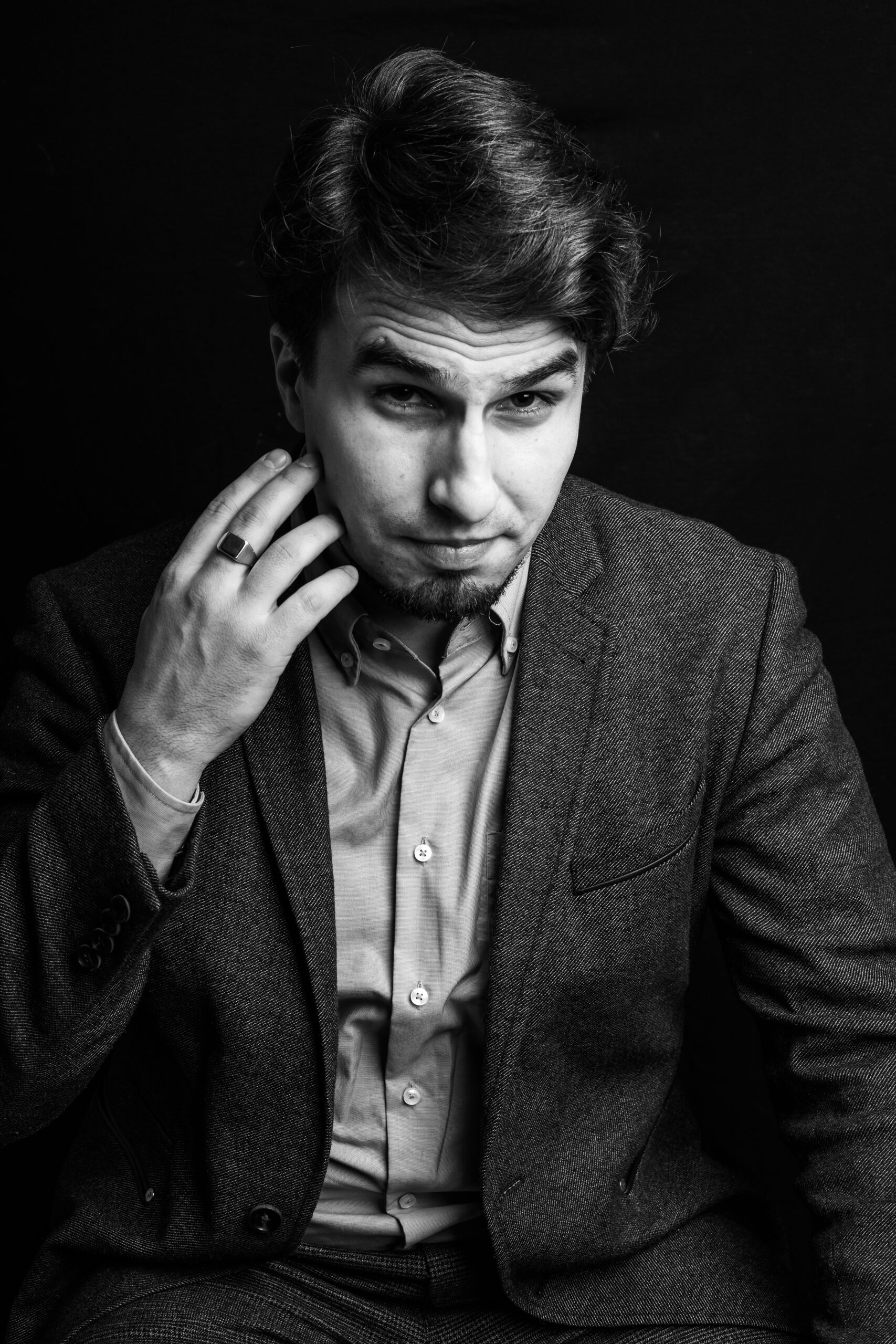Political anthropologist, interdisciplinary creator. He teaches at KTU, VAA, writes on political, cultural, and artistic topics, conducts art workshops, and curates exhibitions. The author of the book “Politics with a Human Face: Identity and Experience in Post-Soviet Europe”. Defended his doctoral dissertation at the University of Kent in England, did internships at Yale (USA) and Uppsala (Sweden) universities, IWM Institute (Austria).
Why is it worth getting to know Kaunas?
Kaunas is very interesting. Here you will not see a man who came to a theater performance with sneakers, certain respectful ritualism in terms of culture is still here. Seeing that makes me, a resident of Vilnius with a very frivolous face, want to smile ironically, but at the same time, I am sincerely happy. In a unifying, borderless world. such form preservation seems important. Underground cultural life is still going on here as well. Every time I come to Kaunas, I discover something new, non-obvious and it gives the city cultural depth and personality. In Vilnius, in my eyes, such relationship with culture is disappearing, everything is moving to a continuous Facebook feed. Public life is becoming apparent. accessible to all, and because of that much is being lost. I would not wish that to Kaunas. Not to mention the impressive (albeit crumbling) architecture of this city. Kaunas reminds me of Berlin in 2011, before this city became super fashionable It had many free, “uncivilized. creative spaces. They breathed an alternative culture, spontaneous gatherings took place, there was a sensation of mystery, promise.

What is the most interesting thing to explore with students?
The absurdities of the digital world For example, memes – universal image communication. The Internet is currently changing our imagery in general. For example, the latest artificial intelligence’s ability to model non-existent faces, to create a person that does not exist, to generate it from available numerical data. Such new world is very collegial, fragmentary. Even the new models of our lives. though seemingly progressive, are composed of some cultural detail of the past – interwar dreams about universalism, science fiction about artificial intelligence, myths about immortality, or the search for a divine origin in genetics. This is not a novelty, a future, or unprecedented progress, all this has already taken place, though in other forms. We repeat the fragments of “repeaters”. It indicates a certain finality, specificity of our perception and imagination. Director Audrius Stonys has said that “human imagination is limited and reality has no boundaries, it’s unpredictable”. It makes me happy because only within boundaries, with the existence of human finality, it is possible to create or find meaning and form in life, but at the same time, there is always something more, further, wider.
Balancing stones – what kind of activity is it? How did it come into your life?
For me, it’s a hobby, an art form of the earth, in which simple stones are carefully placed on top of each other so that they form various, balanced figures. The process requires patience and concentration, it is meditative, but the results are amazing. they create some kind of sense of wonder. I often asked myself what I would do after completing my doctorate. And there was always the thought of quitting that academy and becoming a sculptor: I didn’t do that, but the love for sculptures remained. Balancing stones has become an amateur practice without damaging the stone, without considering it as a “material”, respecting its original form. I realized that I didn’t want to sculpt the stone at all, to damage it, to hurt it Balancing stones has become a means of relaxation for me, like a meditative practice. a game of peace. It helps me escape everyday thoughts.
To meet the other faculty members please visit: fssah.ktu.edu/teachers